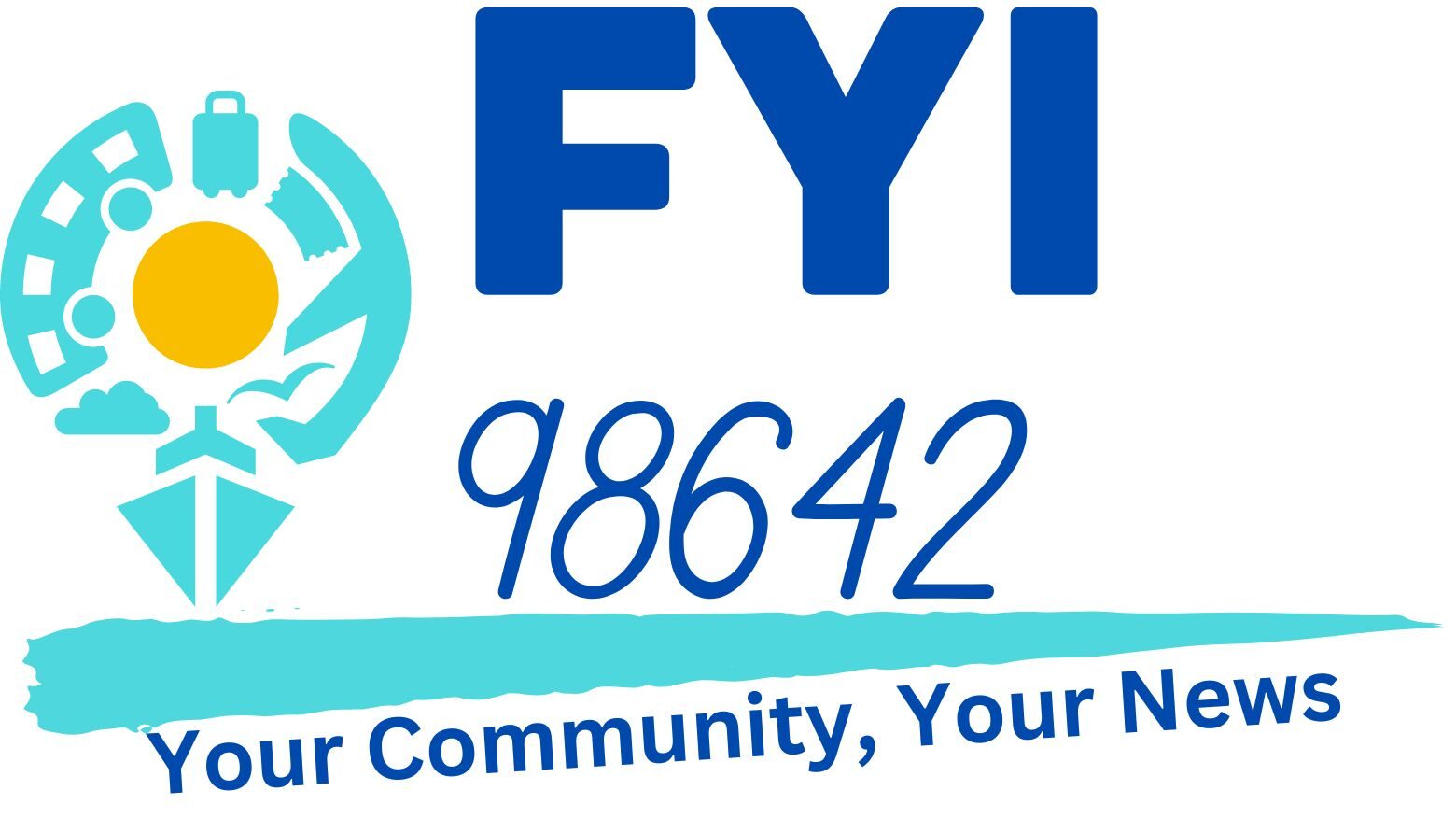Ohio is known for its scenic landscapes, friendly people, and rich history. But not all of its towns are as peaceful and safe as they seem. In fact, one small town in Ohio has recently become the third most dangerous place in the state, according to the latest crime statistics.
What is the town and why is it so dangerous?
The town in question is Bellefontaine, a city of about 13,000 residents in Logan County, about 50 miles northwest of Columbus. According to the 2023 FBI Uniform Crime Report, Bellefontaine had a violent crime rate of 1,234 per 100,000 people, which is more than three times the state average of 358. The town also had a property crime rate of 5,678 per 100,000 people, which is more than twice the state average of 2,216.
The reasons for the high crime rates in Bellefontaine are not clear, but some possible factors include:
Poverty and unemployment: Bellefontaine has a poverty rate of 20.7%, which is higher than the state average of 13.9%. The town also has an unemployment rate of 7.2%, which is higher than the state average of 5.4%.
Drug abuse and trafficking: Bellefontaine is located along Interstate 75, which is a major corridor for drug trafficking in the Midwest. The town has been struggling with the opioid epidemic, as well as the rise of methamphetamine and fentanyl. Drug-related crimes, such as robbery, assault, and homicide, are common in the town.
Lack of law enforcement and resources: Bellefontaine has a small and understaffed police department, with only 22 officers serving the entire city. The town also has a low budget for public safety and social services, which limits the ability to prevent and respond to crime.
What are the consequences and solutions?
The high crime rates in Bellefontaine have serious consequences for the town and its residents. Some of the negative impacts include:
Fear and insecurity: Many residents of Bellefontaine live in fear of becoming victims of crime, and avoid going out at night or to certain areas of the town. Some residents have also moved out of the town or are planning to do so, in search of a safer place to live.
Economic decline and social decay: The high crime rates in Bellefontaine deter businesses and tourists from investing and visiting the town, which hurts the local economy and reduces the tax revenue. The town also suffers from a lack of social cohesion and trust, as crime erodes the sense of community and civic engagement.
Health and education problems: The high crime rates in Bellefontaine affect the physical and mental health of the residents, as well as their educational outcomes. Crime can cause injuries, illnesses, stress, trauma, and depression, which can impair the quality of life and well-being of the residents. Crime can also disrupt the learning environment and academic performance of the students, as well as their future opportunities and prospects.
To address the crime problem in Bellefontaine, the town needs a comprehensive and collaborative approach that involves multiple stakeholders and sectors. Some of the possible solutions include:
Increasing law enforcement and resources: Bellefontaine needs to hire more police officers and equip them with adequate training and tools to combat crime. The town also needs to increase its budget for public safety and social services, and seek grants and partnerships from the state and federal government, as well as from private and nonprofit organizations.
Reducing poverty and unemployment: Bellefontaine needs to create more jobs and economic opportunities for its residents, especially for the youth and the low-income groups. The town also needs to provide more support and assistance for the poor and the unemployed, such as food, housing, health care, and education.
Preventing and treating drug abuse and trafficking: Bellefontaine needs to implement more prevention and education programs to raise awareness and reduce the demand for drugs among its residents. The town also needs to provide more treatment and recovery services for the drug users and addicts, and cooperate with other law enforcement agencies to disrupt and dismantle the drug supply and distribution networks.
Conclusion
Bellefontaine is a small town in Ohio that has become the third most dangerous place in the state, due to its high rates of violent and property crime. The town faces many challenges and risks, such as poverty, unemployment, drug abuse, and lack of law enforcement and resources. The town needs to take urgent and effective actions to reduce and prevent crime, and to improve the safety and quality of life of its residents. Bellefontaine has the potential to become a better and safer place, if it works together and leverages its strengths and opportunities.

